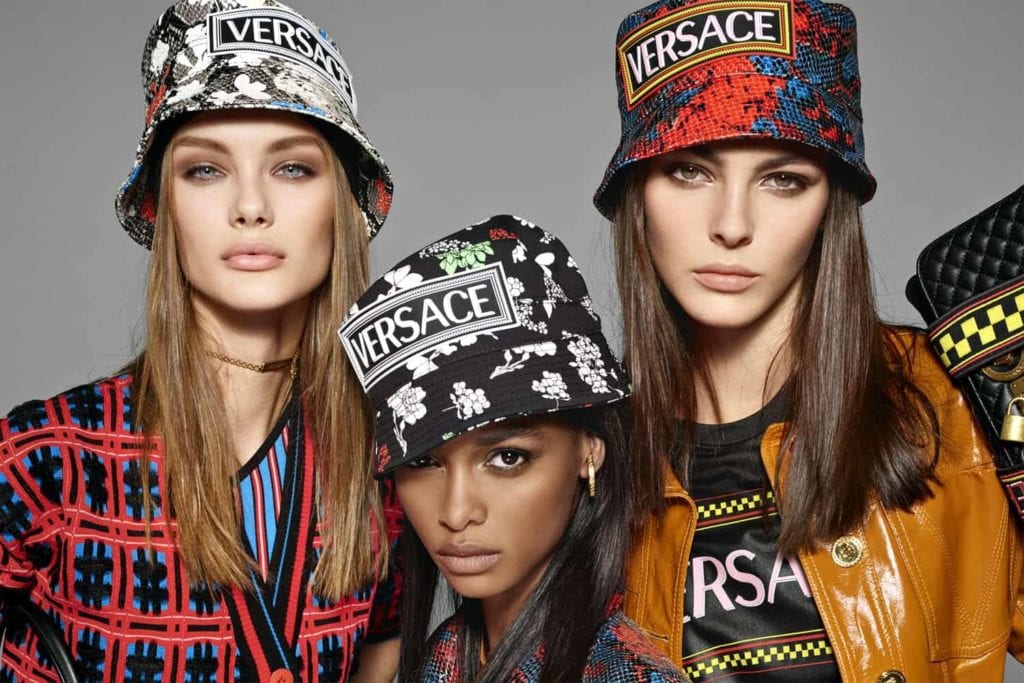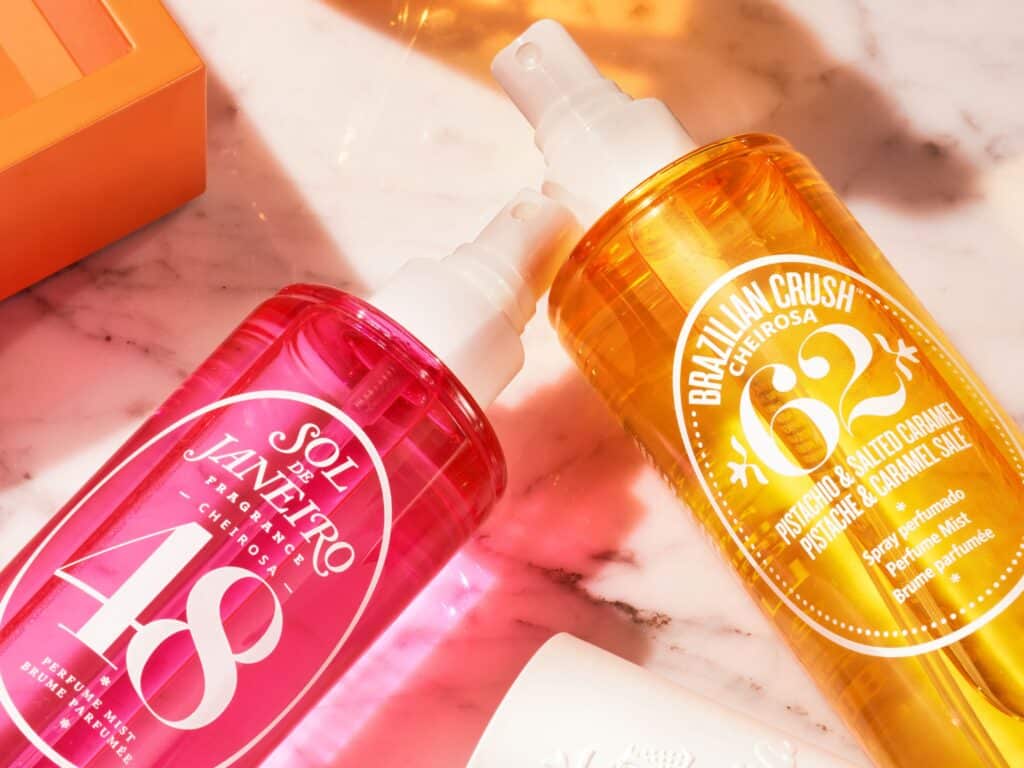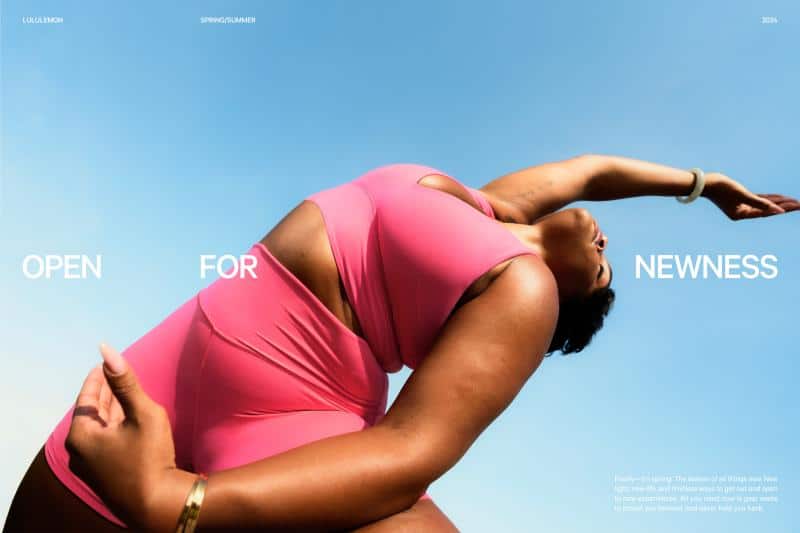Fashion Nova is ready for a fight. That is the message the ultra-fast fashion retailer is clearly sending with its formal response to the headline-making lawsuit that Versace filed against it last year for allegedly selling “deliberate copies and imitations of [its] most famous and recognizable designs, marks, symbols and other protected elements” – from its famed black and gold Barocco print to the “Jungle Print” dress that Jennifer Lopez made famous in 2000 – in an attempt to “exploit the popularity and renown of Versace’s signature designs, and to trade on [its] valuable goodwill and business reputation in order to drive profits and sales to line Fashion Nova’s pockets.”
In a 25-page answer filed in a California federal court on Thursday, counsel for Fashion Nova denies the bulk of Versace’s strongly-worded claims. The Vernon, California-based brand asserts that, among other things, it did not run afoul of federal copyright and trademark law when it sold what Versace calls “deliberate copies and imitations” of some of its “most famous and recognizable designs, marks, symbols and other protected elements in a manner that is likely to cause maximum consumer confusion and deceive the public regarding the infringing apparel’s source, sponsorship or affiliation.”
How exactly does Fashion Nova attempt to sidestep liability for the lookalike wares that it was selling? A host of affirmative defense … a whopping 32 defenses to be exact, including a number of interesting copyright and trademark/trade dress-specific arguments.
For instance, on the copyright front, Fashion Nova argues that while Versace does, in fact, maintain copyright registrations “for certain designs at issue in this suit,” those registrations should be invalidated because Versace’s “copyrighted [prints] … lack originality,” “are standard geometric figures and patterns,” “are in the public domain,” and “are widely used in the fashion/apparel industry.”
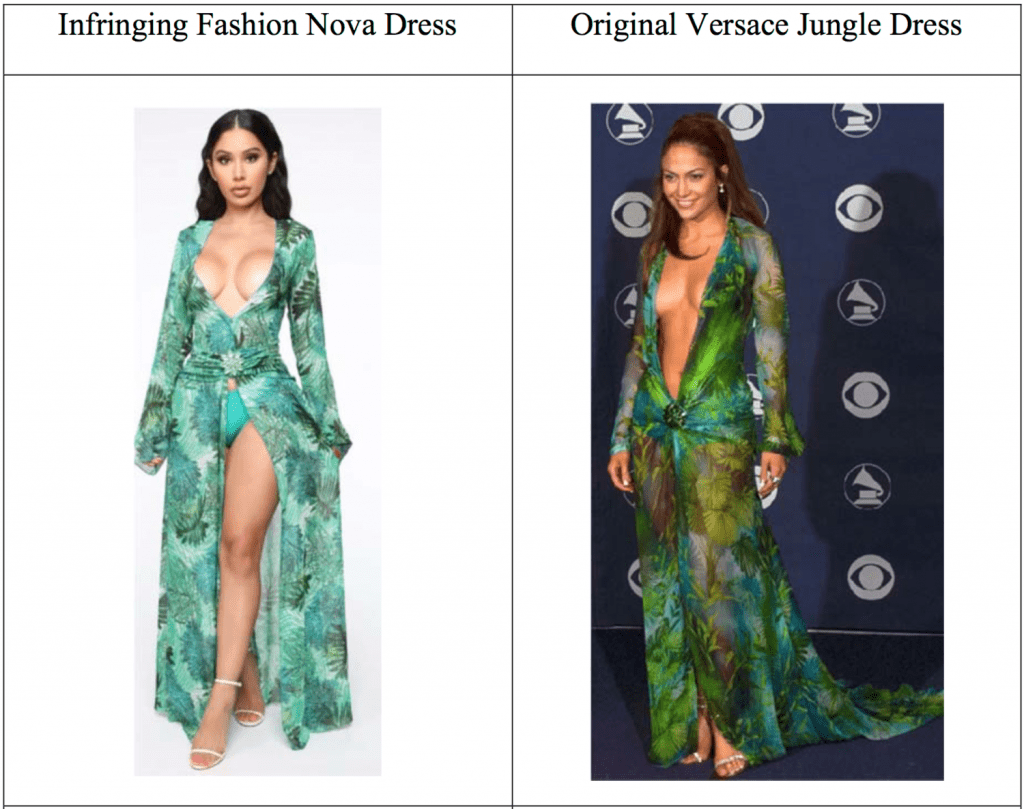
In short: Fashion Nova claims that Versace’s registrations should be cancelled because the prints – from Versace’s jungle and heart prints to its various Barocco designs – are not all that original (which is a core requirement for copyright protection) and/or they are the type of thing that the Copyright Office is reluctant to protect (namely, geometric prints or other simple shapes), and “thus, are not subject to copyright protection” in the first place.
With this in mind, and given that “Versace knowingly misrepresented that the [prints] are original works of authorship created by Gianni Versace,” which Fashion Nova says cannot be the case because the prints are not actually original, Fashion Nova asks the court in a separate but related filing on Thursday to declare that it is not infringing Versace’s copyrights (or trademark/trade dress rights). And even more significantly, it asks the court to invalidate six of the Italian design house’s existing copyright registrations.
Fashion Nova goes on to argue that “Versace’s [copyright infringement] claims are barred by the doctrine of independent development,” a copyright tenet that shields an otherwise infringing party from liability if he/she can show that his/her infringing design was the result of independent creation, and not of copying. Here, Fashion Nova is essentially arguing that it – or better yet, its suppliers – came up with the prints on its own and did not copy Versace. This will likely be a tough argument for Fashion Nova to successfully make given the level of fame associated with some of Versace’s prints, namely, the J.Lo jungle print, and the near-sheer impossibility of a print designer not having “access” to it since it was first made wildly famous when Lopez wore it to the Grammy Awards in 2000.
Still yet, Fashion Nova asserts that even if the court finds that Versace’s copyrights are valid and its claims are not blocked by any of Fashion Nova’s other defenses, it still is not in the wrong as the prints on its lookalike garments are not similar enough to any “protectable elements” of Versace’s protected prints to warrant a finding of infringement. It will be up to the court to look at both “intrinsic” similarities between the two parties’ prints “from the standpoint of the ordinary reasonable observer, with no expert assistance,” and also the “extrinsic similarities in both ideas and expression” in accordance with the 9th Circui’t’s test for substantial similarity.
In terms the trademark/trade dress infringement causes of action that Versace makes in its complaint, Fashion Nova’s counsel claims that these are similarly barred for a number of different reasons.
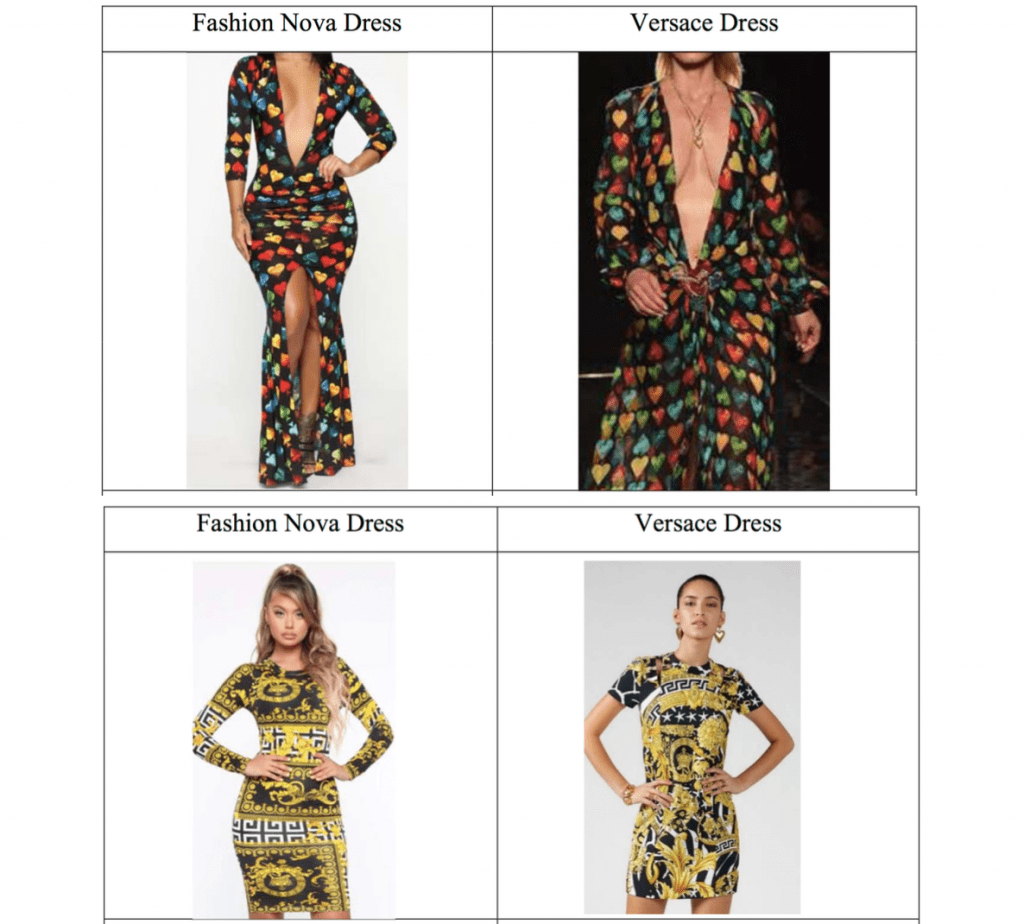
For one thing, Fashion Nova argues that there is “no likelihood of confusion between [its] allegedly-infringing products and Versace’s purported trademarks and/or trade dress.” This argument is significant, as likelihood of confusion is the central element in a trademark infringement claim. Without being able to show that there was a likelihood that consumers might believe that Versace was in some way connected with or endorsed Fashion Nova’s lookalike wares, Versace does not really have a case for infringement. (The potential good news here for Versace is that high fashion brands are increasingly collaborating with other brands, including fast fashion ones. Versace, itself, teamed up with H&M in 2011, which could mean that consumers might likely believe that Fashion Nova’s wares were part of a collab.)
Fashion Nova goes on to assert that Versace’s claims are barred because the marks at issue – such as the “Medusa Head” and “Greca” designs, as well as the trade dress rights it claims in the “J.Lo dress,” i.e., the “green tropical leaf and bamboo pattern, its plunging neckline extending to the navel, its high cut leg slit, a circular brooch at the waist where the plunging neckline and high cut leg slit meet, and long, flowing sleeves” – are functional, and therefore, are not actually protected since trademark law only extends to a product’s decorative, non-functional features.
Beyond that, Fashion Nova claims that even if Versace has valid trademark/trade dress rights and functionality is not an issue, it should still be let off the hook because it is not using the trademark-protected graphics and trade dress-covered dresses in a trademark capacity, which is required for a finding of infringement. In other words, Fashion Nova is claiming that it is not using the graphics or prints to indicate to consumers that the garments are products of Versace (which is what the appearance of a trademark serves to do). Instead, it is using them in a decorative capacity (not a source-identifying one), and thus, infringement is not a relevant charge.
Still yet, counsel for the fast fashion brand – which recently came under fire for utilizing a network of third-party suppliers that operate in violation of California state wage and labor laws – sets forth additional defenses aimed at minimizing its liability. For instance, they claim that “Versace’s claims are barred, in whole or in part, because Fashion Nova’s alleged actions were innocent and non-willful,” and that any copying is “de minimis” – or the amount of material copied was “so small” as to avoid a finding of infringement, and thus, fall within the purview of “fair use.”
Finally … Fashion Nova asserts that Versace’s claims should be barred because it did not suffer any harm as a result of Fashion Nova’s alleged infringement, and because Fashion Nova did not actually create the garments/patterns at issue, third party suppliers did, meaning that Fashion Nova “is entitled to indemnification.”
With Fashion Nova’s formal response lodged, one that sends a clear message – by way of its 32 defenses and two counterclaims – that the fast fashion brand is not looking to quietly put this matter to bed, the case moves forward towards discovery and maybe even a trial (assuming the parties do not settle before that point).
*The case is Gianni Versace S.r.l. v. Fashion Nova, Inc. 2:2019-cv-10074 (C.D.Cal).







